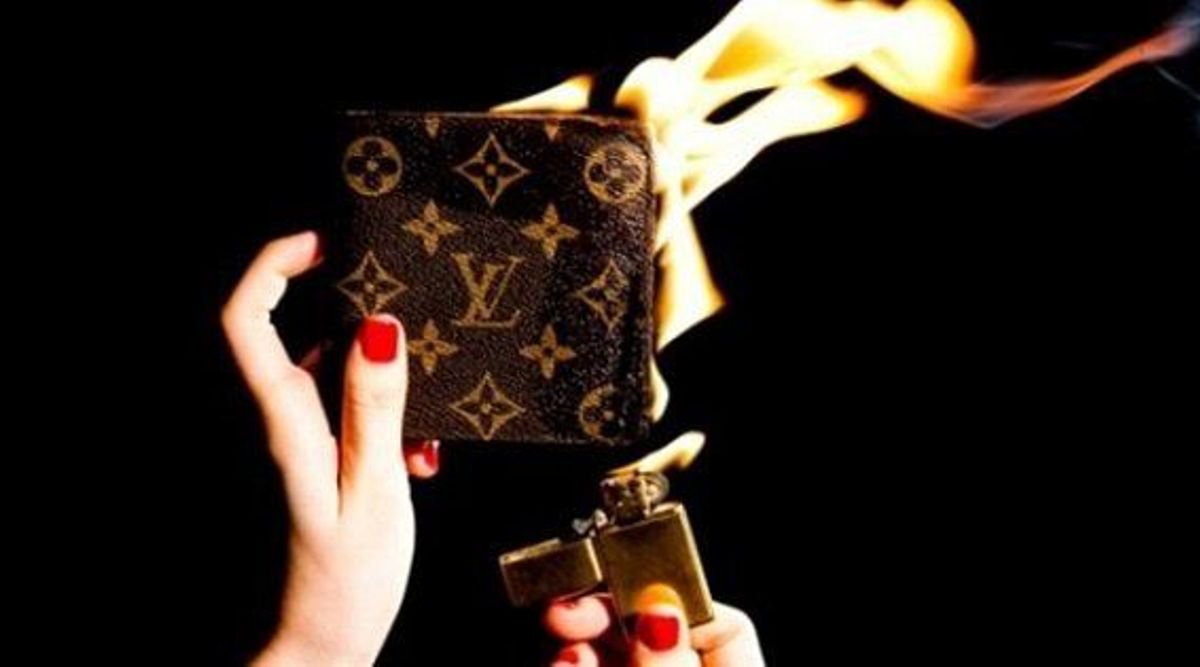Luxury brands may destroy their products for several strategic reasons, despite it seeming counterintuitive. Here are some common reasons behind this practice:
- Maintaining Brand Exclusivity: Luxury brands often maintain their exclusivity and premium image by limiting the supply of their products. Destroying excess inventory ensures that their products remain scarce and desirable, reinforcing their high-end status.
- Protecting Brand Value: By destroying unsold or discontinued products, luxury brands prevent them from entering secondary markets where they could be sold at discounted prices. This practice protects the perceived value and prestige associated with the brand.
- Preventing Counterfeiting: Destroying products reduces the risk of counterfeiting. Counterfeiters may attempt to replicate luxury goods that are no longer available through legitimate channels, harming the brand’s reputation and revenue.
- Environmental Concerns: Some luxury brands may choose to destroy products as part of their commitment to sustainability. By ensuring that unsold items do not end up in landfills or contribute to waste, brands demonstrate environmental responsibility.
- Control Over Distribution: Luxury brands tightly control their distribution channels to maintain brand integrity and ensure that products are sold in authorized, premium environments. Destroying excess inventory helps enforce this control.
- Maintaining Pricing Power: Destroying products supports the brand’s pricing strategy by avoiding the need for markdowns or sales to clear excess inventory. This strategy preserves the perceived value of the brand’s products among affluent consumers.

While controversial, these practices are part of luxury brands’ broader strategy to uphold their brand identity, exclusivity, and market positioning. Each brand’s approach to managing inventory and maintaining brand integrity may vary based on their specific goals and market dynamics.
Top 5 Travel portals in India? How to advertise on them? |



